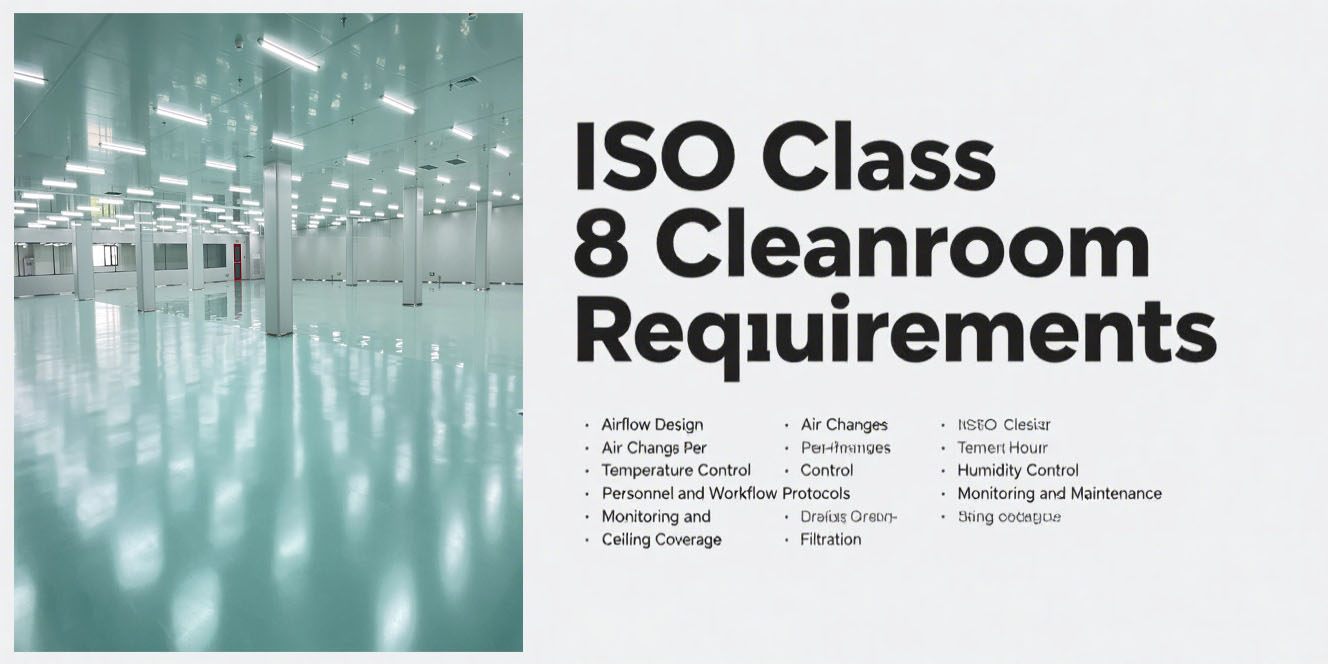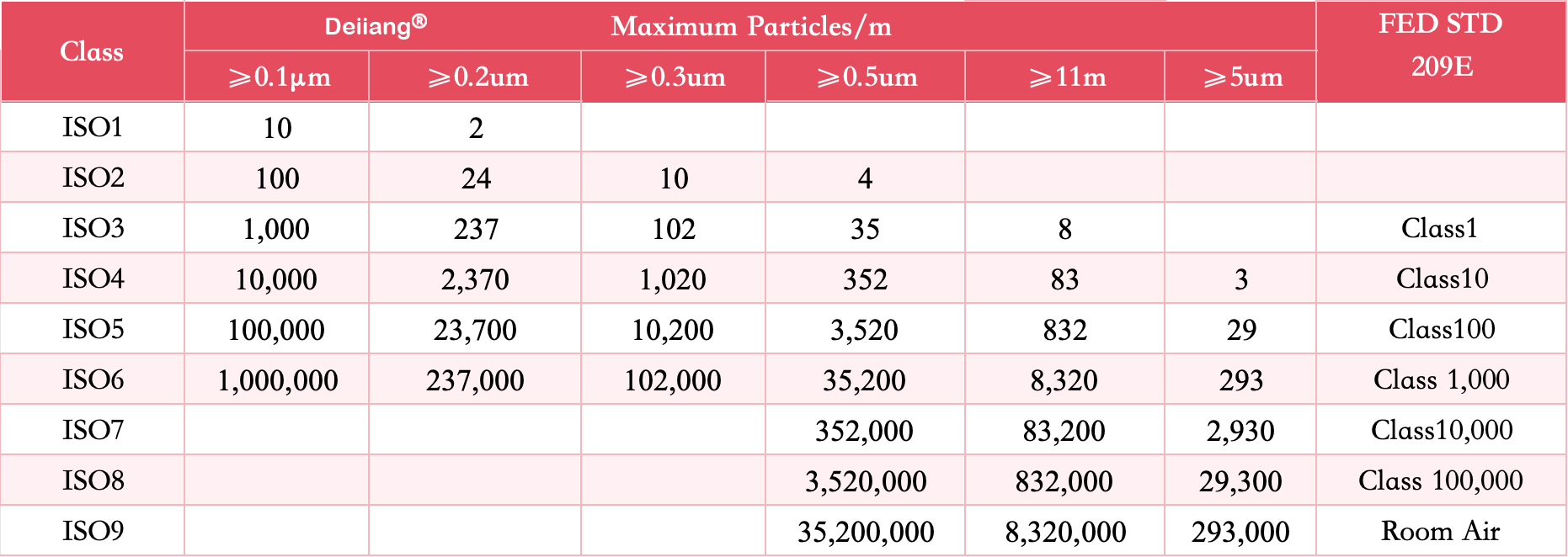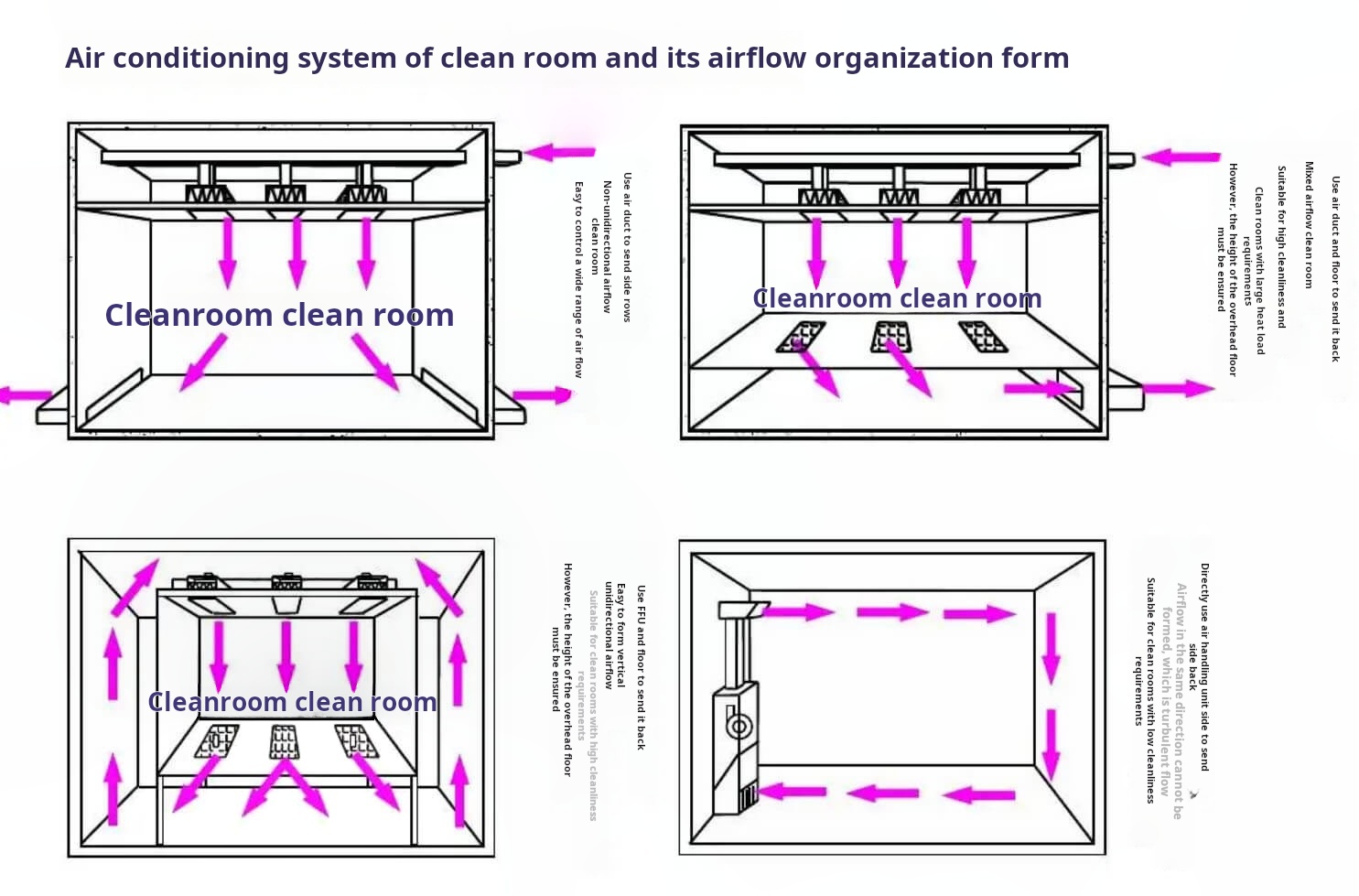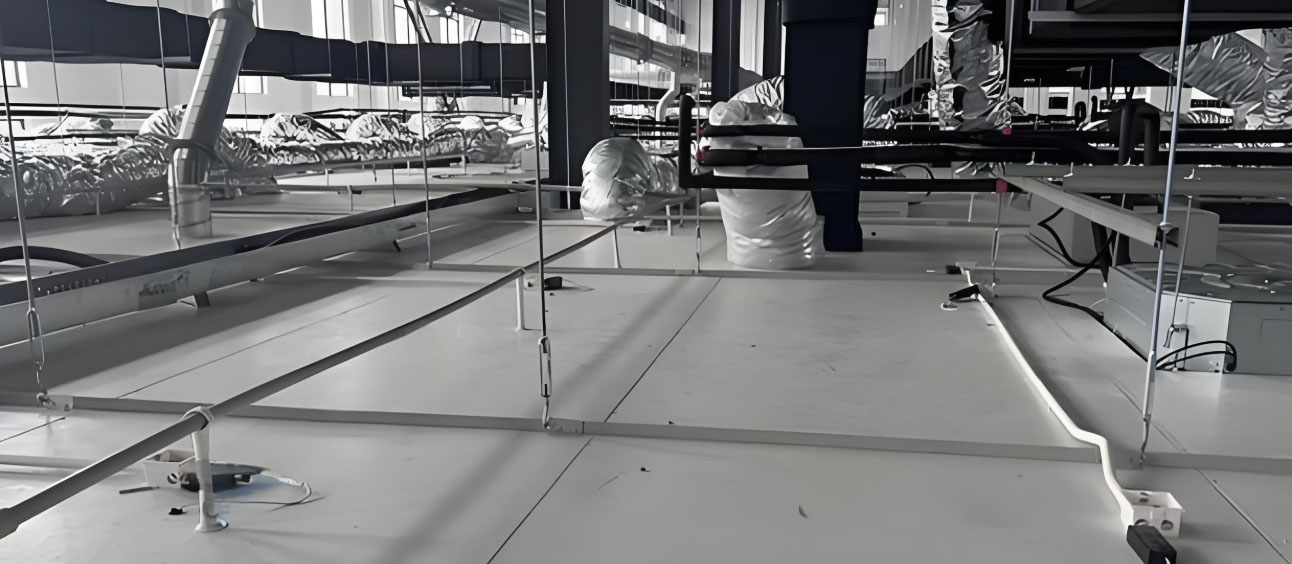Creating and maintaining an ISO 8 Cleanroom involves understanding and implementing a variety of specifications critical for ensuring air quality and cleanliness. These environments are widely used in industries such as pharmaceuticals, Electronics, and aerospace, where contamination control is crucial.

Particle Count Limits
An iso 8 cleanroom allows for a maximum of 3,520,000 particles per cubic meter. This specification is critical for ensuring that the environment remains conducive to sensitive processes that cannot afford high levels of contamination.
Achieving this standard requires meticulous planning and design, often employing advanced air filtration technology. To maintain these particle count limits, cleanrooms often incorporate a combination of HEPA filters and air handling systems designed specifically to capture particulates of various sizes.

airflow design
Airflow design in an ISO 8 cleanroom focuses on maintaining a streamlined air distribution pattern that effectively captures and removes airborne particles. Systems are engineered to ensure consistent airflow that sweeps contaminants towards filters and away from critical work areas.
This often involves a laminar flow design in areas requiring stringent cleanliness or a more turbulent flow where such stringency is less critical. The choice between these types depends largely on the specific applications of the cleanroom.

Airflow Types Comparison
| Type | Characteristics | Application |
|---|---|---|
| Laminar Flow | Streamlined, parallel airflow | Areas requiring high cleanliness |
| Turbulent Flow | More chaotic airflow pattern | Less sensitive areas |
air changes Per Hour
In an ISO 8 cleanroom, air changes per hour (ACH) usually range from 20 to 30. This rate is crucial for continuously flushing out contaminants that may enter the environment due to personnel movement or substrate handling.
The specific ACH required can depend on factors such as room size, the nature of the work being carried out, and the structural design of the facility. It's important to measure and adjust this parameter regularly to adapt to any operational changes.

Temperature and Humidity Control
Temperature Control
Essential to prevent processes from being affected by ambient temperature fluctuations.
Provides precise control for consistent environmental conditions.
Helps reduce the potential for condensation, which can lead to increased particle count.
Humidity Control
Critical as temperature regulation to prevent static electricity and microbial growth.
Maintains optimal moisture levels to promote a stable environment.
Balances with temperature to prevent conditions that could lead to condensation.
Personnel and Workflow Protocols
The behavior and movement of personnel significantly impact the cleanliness of A CleanRoom. Strict workflow protocols are essential to minimize contamination, including:
- Implementing gowning procedures
- Conducting training sessions for staff
- Designing efficient layouts to reduce unnecessary movement
- Establishing well-defined paths to minimize cross-contamination risks
- Using specialized clothing and personal protective equipment
monitoring and Maintenance
Continuous monitoring and regular maintenance are crucial for an ISO 8 cleanroom to function effectively. Integrated monitoring systems track:
- Air quality
- Filter performance
- Environmental conditions
Regular maintenance includes scheduled filter replacements and system checks, which is essential to sustain optimal functioning and extend the lifespan of the cleanroom infrastructure.
Two methods of Air sampling in A Clean Room
1. Air Samplers (active air sampling) – Air samplers draw in predetermined volumes of air. The air is drawn over a sterile media plate, which is later incubated to reveal the number of viable organisms per cubic feet or liter. Currently agar impaction is the method of choice throughout the industries. Using a specially designed, and calibrated piece of equipment which holds the media plate under a perforated lid and draws in a known amount of air one can accurately measure the amount of viable bacteria within the air.
2. Settling plates (passive air sampling) - Petri dishes containing sterile growth media are exposed to the environment for a specific period of time, usually between 30-60 minutes but can be exposed up to four hours before compromising the integrity of the media itself. Viable microorganisms which settle onto the media surface will grow after the plates are incubated. However, passive air sampling is tending to be phased out because it does not reflect microbial contamination with an accurately measured volume of air.
Two methods for surface monitoring in a Clean Room
1. Contact Plates – as mentioned above are special Petri dishes which contain sterile growth medium prepared in a manner so the surface of the media protrudes above the rim of the plate. The contact plate is pressed against any flat surface the needs to be sampled. Any viable microorganisms on the surface will stick to the agar surface and will grow upon proper incubation. This technique reveals the number of viable microorganisms on a surface.
2. Swabs - are sterile and stored in a suitable sterile liquid. The swabs are rubbed over the test surface. The microbiologist can determine the type of microorganisms on the swab by subculturing it to media. Swabs are used for surfaces that are not flat, and can be used to sample hard to reach areas of machinery that could not be sampled with a contact plate. Swabbing is more qualitative than quantitative.
Ceiling Coverage
The ceiling coverage in a cleanroom contributes to its effectiveness in controlling airborne particles. Ceilings often incorporate filter grids that maximize filtration coverage and enhance airflow distribution.
Optimal ceiling design minimizes dead zones that could harbor particulates and ensures efficient air exchange, achieving better contamination control.

iso 8 cleanroom requirements - Ensuring Precision and Purity in Critical Environments
 +86 18186671616
+86 18186671616 Jason@cleanroomequips.com
Jason@cleanroomequips.com
 MENU
MENU



